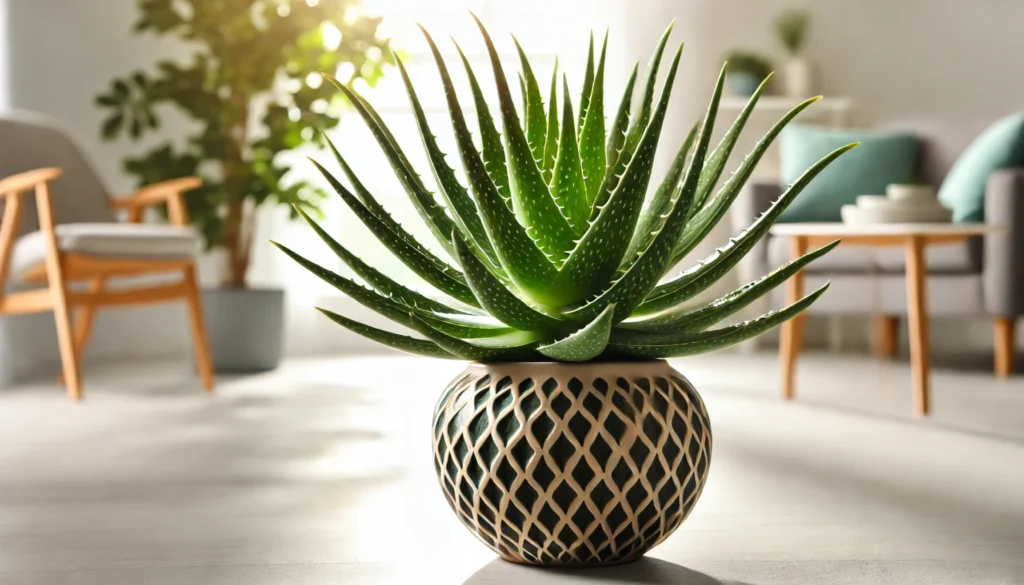
The Autumn Sage, scientifically known as Salvia greggii, is a striking perennial plant valued for its vibrant tubular flowers that bloom in shades of red, pink, purple, and white. Known for its ability to attract hummingbirds and bees, this plant thrives in a wide range of environments. Autumn Sage typically grows to about 2 to 3 feet (60 to 90 cm) tall and wide, making it an excellent choice for borders, containers, and garden beds.
History and Ideal Growing Conditions
Native to the mountainous regions of Texas and northern Mexico, Autumn Sage has a long history of being cultivated for its ornamental value and resilience in dry climates. The plant’s adaptability to different soil types and conditions makes it popular in gardens across the United States and beyond.
Autumn Sage thrives in USDA hardiness zones 7-10, where it enjoys full sun but can tolerate partial shade. It prefers dry, well-draining soil and is drought-tolerant once established, making it ideal for xeriscape gardens and areas with limited water.
Toxicity and Pets
Autumn Sage is considered non-toxic to pets, which means it is safe to grow in gardens where dogs, cats, or other animals might wander. However, it’s still important to discourage pets from consuming large amounts of plant material, as this can cause mild digestive upset.
Safe Alternative Plants
For similar pet-safe options, consider planting Catmint (Nepeta) or Coneflowers (Echinacea). Both plants offer vibrant blooms without the risk of toxicity and are great for attracting pollinators.
Best Practices for Caring for Autumn Sage
Watering and Humidity
Autumn Sage prefers moderate watering, especially during its first growing season. Once established, it becomes drought-tolerant, and overwatering should be avoided. Water the plant deeply about once a week, allowing the soil to dry out between waterings. Humidity is not a major concern for this plant, but good air circulation helps prevent fungal issues.
Soil, Light, and Temperature
This plant thrives in well-draining, sandy, or loamy soil with a slightly acidic to neutral pH (6.0-7.5). Autumn Sage needs full sun to produce the most vibrant flowers, although it can tolerate partial shade. The ideal temperature for this plant is between 65-75°F (18-24°C), but it can withstand temperatures as low as 20°F (-6°C) in colder zones and higher temperatures in hotter regions.
Fertilizing
Autumn Sage does not require heavy fertilization. A light application of balanced fertilizer in early spring is sufficient to support its growth and blooming. Over-fertilizing can lead to weak stems and reduced flowering, so use fertilizer sparingly.
Common Problems and Remedies
While Autumn Sage is relatively low-maintenance, it can be susceptible to root rot in poorly drained soil and fungal diseases like powdery mildew in high humidity. To prevent these issues, ensure the plant has well-draining soil and good air circulation. Pests such as aphids and whiteflies may occasionally attack the plant but can be managed with insecticidal soap or neem oil.
Pruning Autumn Sage
Regular pruning is essential for maintaining the health, shape, and bloom production of Autumn Sage.
Tools Needed
For pruning, you will need sharp pruning shears or scissors. Always sanitize your tools before and after use with rubbing alcohol or a bleach solution to prevent the spread of diseases.
Identify Areas to Trim
Look for any dead, damaged, or diseased stems and remove them. In early spring, trim back about one-third of the plant to encourage new growth and maintain its compact shape.
Deadheading
Deadheading faded flowers encourages more blooms throughout the growing season. Snip off spent blooms just above a set of leaves, and the plant will redirect its energy to producing new flowers.
Prune Leggy Growth
If your Autumn Sage becomes leggy or too tall, prune back the longer stems by about one-third to promote a bushier, more compact shape. This is especially important in mid-summer after the first major bloom.
Remove Damaged or Diseased Leaves
Regularly inspect the plant for any signs of disease or damaged leaves. Remove any yellowed, spotted, or wilted leaves to keep the plant healthy.
Shape the Plant
To maintain an attractive, rounded shape, lightly prune the Autumn Sage in early spring or mid-summer. Pruning at these times encourages fuller growth and more flowers.
Post-Pruning Care
After pruning, water the plant thoroughly and apply a light layer of mulch around the base to retain moisture and regulate soil temperature. Fertilize lightly if necessary to encourage regrowth.
Propagation and Benefits
Autumn Sage is easy to propagate by stem cuttings or seeds. For cuttings, take a 4- to 6-inch (10-15 cm) stem from a healthy plant in early summer, remove the lower leaves, and plant it in moist, well-drained soil. Seeds can also be sown directly in the garden in early spring or started indoors.
The benefits of Autumn Sage extend beyond its beauty. It attracts pollinators like bees, butterflies, and hummingbirds, making it an essential addition to wildlife gardens. Its drought tolerance also makes it ideal for water-wise gardening.
Final Thoughts
Autumn Sage is a colorful and resilient addition to any garden, thriving in a range of climates and soil conditions. Whether you’re looking to attract pollinators or add some long-lasting color to your landscape, this versatile perennial will reward you with its vibrant flowers and hardy nature. With proper care and occasional pruning, you’ll enjoy beautiful blooms year after year.



